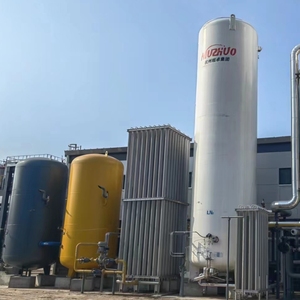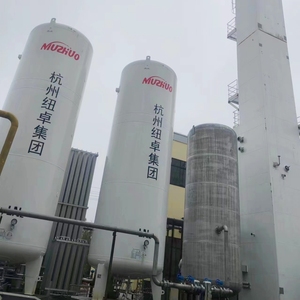Understanding Scuba Tank Assembly
The scuba tank assembly is an essential component of scuba diving equipment, enabling divers to explore the underwater world safely and efficiently. This assembly includes everything from the tank itself to the essential accessories that support a diver's breathing underwater. With an industry that demands high standards of quality and functionality, understanding the different aspects of a scuba tank assembly can enhance your diving experience while ensuring safety and reliability.
Types of Scuba Tank Assembly
Scuba tank assemblies are versatile and come in various configurations suited for different diving needs. Here are the most common types:
- Aluminum Tanks: Lightweight and corrosion-resistant, suitable for recreational diving.
- Steel Tanks: Heavier but offer a higher buoyancy ratio, ideal for technical diving.
- Integrated Tank Assemblies: Combines tank, regulator, and valves for a compact design.
- High-Pressure Tanks: Allow for greater air volumes in a smaller space, perfect for extended dives.
Function and Features of Scuba Tank Assembly
A scuba tank assembly serves numerous functions and is equipped with features that enhance safety and usability:
- Air Supply: Provides a reliable source of breathable air underwater, crucial for survival.
- Regulator: Controls the air flow from the tank to the diver, ensuring a steady supply during dives.
- Pressure Gauges: Monitors the air level inside the tank, helping divers manage their remaining supply.
- Valves: Allows divers to control the flow of air easily and safely. Common types include DIN and Yoke valves.
- Durability: Constructed from high-strength materials to withstand the harsh underwater environment, minimizing wear and tear.
- Weight System: Allows divers to add or remove weights for optimal buoyancy control.
Applications of Scuba Tank Assembly
The applications of a scuba tank assembly are broad and varied, catering to different environments and diving styles:
- Recreational Diving: Standard tanks and assemblies aimed at casual divers exploring shallow reefs and marine life.
- Technical Diving: Highly specialized assemblies designed for deep-sea diving or wreck exploration.
- Commercial Diving: Used in professions like underwater welding, inspections, or construction, requiring durable and high-capacity assemblies.
- Research and Exploration: Scientific teams utilize advanced tank assemblies to collect data and samples from underwater ecosystems.
Advantages of Using a High-Quality Scuba Tank Assembly
Investing in a high-quality scuba tank assembly offers numerous benefits:
- Safety First: Reliable valves and regulators reduce the risks of air supply interruptions.
- Enhanced Performance: Well-designed systems improve buoyancy control, allowing for a more enjoyable and controlled diving experience.
- Long-Lasting Durability: Quality materials ensure the assembly can endure rigorous underwater conditions for years.
- Ease of Use: Intuitive assembly makes it user-friendly for beginners while offering advanced features for experienced divers.
- Efficient Maintenance: Many modern scuba tank assemblies require minimal maintenance, featuring easy access points and cleanable components.






















































